Scientific Research Laboratories
Our Labs
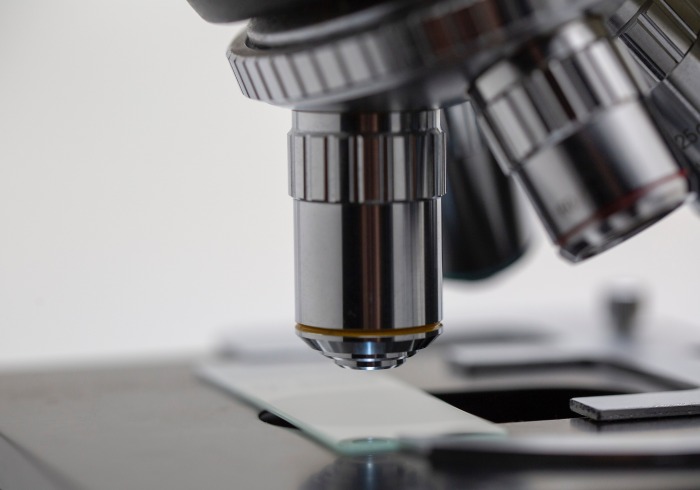
Hamersley Environmental Microbiology Laboratory
Principal Investigator: M. Robert HamersleyProfessor M. Robert Hamersley’s research interest is in the aquatic cycles of carbon, nitrogen, and other macroelements as mediated by plants and bacteria. He is especially interested in the nitrogen cycle, particularly denitrification, anammox, and nitrogen fixation, and how the relationships between plants and bacteria mediate these transformations. His work spans aquatic environments from wetlands and lakes to estuaries and the open ocean. More recently, students in his laboratory have been exploring the linkages between methanogenesis in wetland sediments and nitrogen cycling.
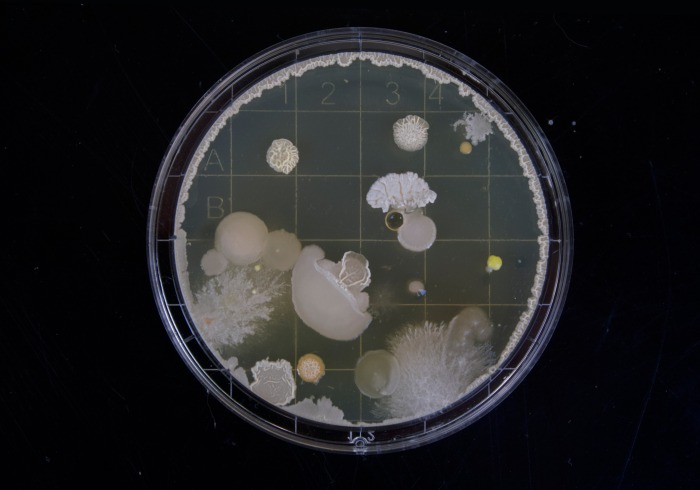
Lisa Crummett’s Research Laboratory
Principal Investigator: Lisa CrummettIn Professor Lisa Crummett’s research lab, she is studying how marine cyanobacteria (Synechococcus and Prochlorococcus) respond to environmental stressors such as viral (bacteriophage) infection and warming ocean temperatures. Marine cyanobacteria are major primary producers that contribute to the foundation of the ocean food web. Therefore, understanding how environmental factors influence their metabolism and abundance is very important, especially in a rapidly changing world.
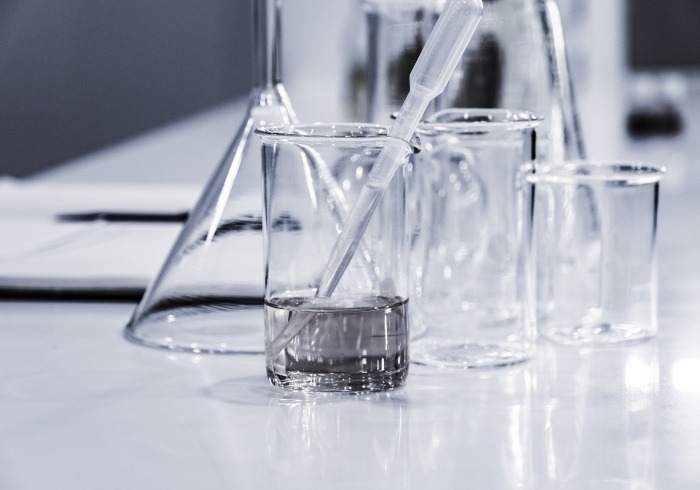
Chemistry Laboratory
Principal Investigator: Zahra AfrasiabiProfessor Zahra Afrasiabi’s research team is studying the application of nanomaterials in medicinal, environmental, and food and agricultural fields. One of the major goals of her team is to design and develop nanosensors for detection of biomolecules. Her research has focused on conjugating nanoparticles with antibodies or peptides as a tool for bacterial detection in food system. A gold nanoparticle paper-based colorimetric nanosensor was successfully designed in her lab for detection of luteinizing hormone in small ruminants. She is continuing her research in this area to achieve higher detection limit for the developed techniques. In addition, her research laboratory is studying the effect of engineered nanoparticles on enzymatic activity of soil. This is in continuation of her completed studies on effect of nanoparticle-based pesticides on beneficial and pest insect species.
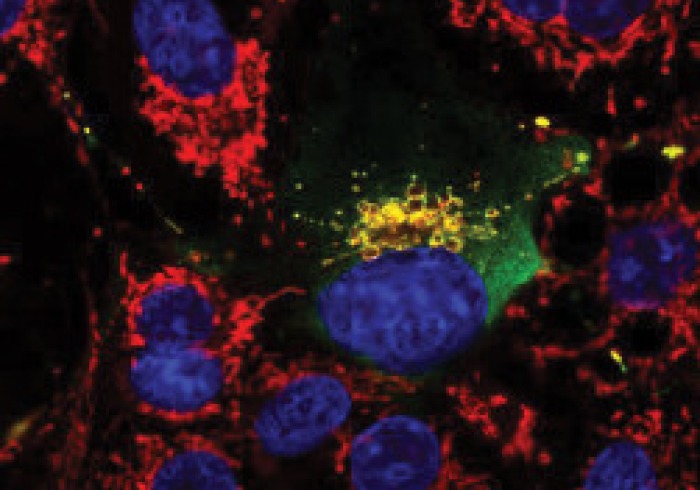
Susan Walsh’s Research Laboratory
Principal Investigator: Susan WalshSusan Walsh’s cell biology lab focuses on student-centered research projects developed in collaboration with students enrolled in her courses. Typically, projects involve the subcellular localization of proteins and their interactions with other proteins to provide clues about protein function. She utilizes model systems to tackle these questions, including zebrafish, yeast, and human tissue culture cells. You can find her publications here: https://scholar.google.com/citations?hl=en&user=dZHpb00AAAAJ
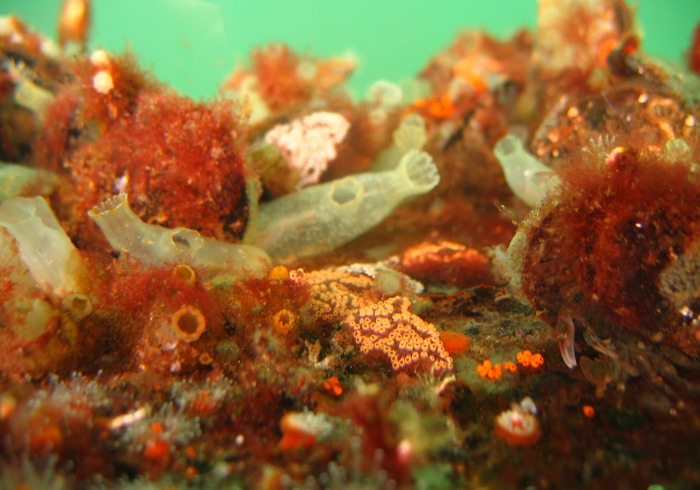
Marie Nydam's Research Laboratory
Principal Investigator: Marie NydamMarie Nydam and her students use phylogenomic and population genetic tools to study evolutionary questions. The lab focuses on ascidians (sea squirts) as model organisms for allorecognition, phylogenomics, and invasion biology. Botryllid ascidians are colonial animals, and fusion between related colonies is genetically controlled. The genetic basis of allorecognition has been well-documented in one species, Botryllus schlosseri. In collaboration with the Anchored Phylogenomics group at Florida State University, we have developed a well-resolved phylogeny of the botryllid ascidians using 200 loci developed from 7 sequenced genomes. This phylogeny will allow us to study the evolution of allorecognition across the entire group of 50+ species.
Many ascidian species have become successfully introduced around the world via anthropogenic vectors, with a few species causing extensive ecological and economic damage. Invasive ascidians have effected declines in native species richness, altered benthic community structure, and disrupted the link between pelagic and benthic communities. Despite the central positions that ascidians will occupy in the marine ecosystems of the future, their evolutionary histories are not well known. We are uncovering the origins and dispersal patterns of non-native ascidians in southern California, so we can begin to predict the composition and function of future marine benthic communities.
